Air cylinders and actuators are renowned for simplicity, economy and long-time durability in countless motion-control applications. The devices typically provide basic linear motion and perform faultlessly and unnoticed for years.
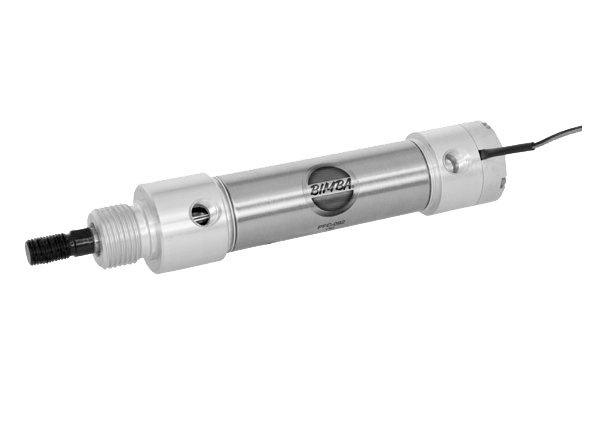
Increasingly, however, many newer equipment designs and automation systems demand a lot of data — even from components like air cylinders — to operate precisely as intended and quickly pinpoint when something goes wrong. Likewise, engineers sometimes need to enhance control to compensate for widely fluctuating loads or inconsistent system air pressure.
That’s because many types of machinery have complex and automated sequences and interactions, for instance ensuring one cylinder completes its stroke before the subsequent action begins. It necessitates monitoring performance to ascertain correct operation, and position sensors can perform such functions.
Most cylinders operate to two positions, extended and retracted. By installing position switches for each case, the control system can be configured to alarm if a cylinder has not reached the commanded position when expected. It is also possible to add more switches to indicate intermediate positions. The control system can also be programmed to identify any actions that take longer than expected. This can trigger a warning of a potential breakdown before a complete failure occurs.
Installing sensors on-board an actuator is a reliable and proven method which can be consistently applied throughout a machine. Many cylinders include T-slots or dovetails that readily accept compatible position switches. Users can also secure sensors with mounting bands or adapter brackets.
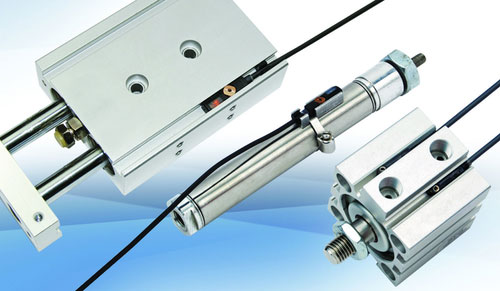
Two widely available types of position sensors or switches are economical mechanical reed switches and Hall-effect sensors. The latter are a reliable option because they have no moving parts and may also include LEDs to indicate operation status and faults, although they exhibit a small current leakage that could cause issues in some set-ups. Both types also require the internal piston to be magnetic in order to engage the switch and close a circuit.
Mechanical switches operate like relay contacts. Solid-state switches come in PNP (sourcing) and NPN (sinking) varieties, which must be selected to match control-system characteristics. When driving other loads such as relays or lights, engineers must evaluate the switching power and current rating.
It is most common to use normally-open (NO) switches that close when position is sensed, although normally-closed (NC) versions are sometimes preferred. From an electrical standpoint, it is always desirable to choose the logic to be failsafe such that if the wiring or switch fails, the equipment will stop in the safest way possible.
Sometimes a design requires more than just end-of-stroke sensing. In such cases, engineers can specify cylinders with sensors that track piston and rod position along the entire length of travel. These products are ideal for applications that require a high degree of flexibility and adaptability. They’re often recommended for automated manufacturing processes that require quick changeover or for mass-customized product assembly.
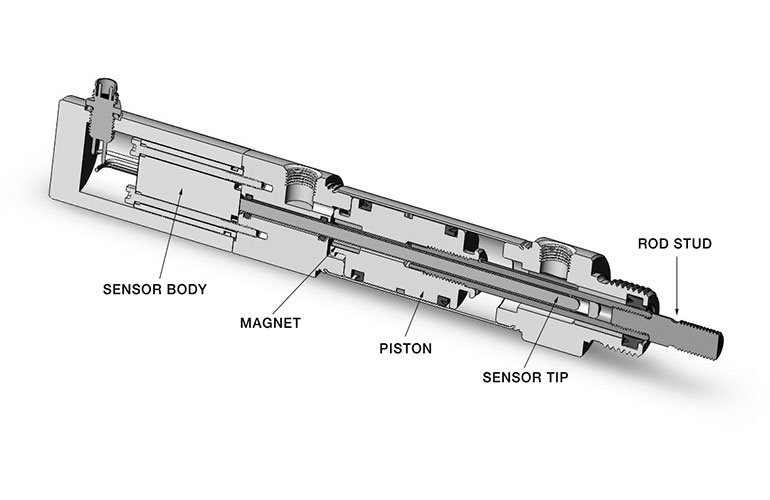
For example, Bimba Manufacturing, based in University Park, Ill., makes the Position Feedback Cylinder (PFC) that provides continuous position sensing in a lightweight, small bore air cylinder. The PFC contains an internal linear resistive transducer (LRT) mounted in the cylinder rear head. The LRT probe, which has a resistive element on one side and a collector strip on the other, sits inside the cylinder rod. A wiper assembly is installed in the piston. Moving the piston creates an electrical circuit between the resistive element and collector strip. Resistance in the circuit is proportional to piston position, which is used to produce an analog signal that the controller uses to determine a precise position.
Three factors, resolution, linearity and repeatability, determine the LRT accuracy. Resolution is stroke sensitive – the longer the stroke, the less the resolution. It’s typically around 0.002 to 0.003 in. Linearity, the maximum deviation of the output voltage to a straight line, is ± 1% of stroke. And mechanical repeatability is ± 0.001 in. So overall accuracy is on the order of a few hundredths of an inch.
The Position Feedback Cylinder Non-Contact (PFCN) is similar to the PFC, except it uses a magnetostrictive sensor instead of an LRT. In basic terms, magnetostriction involves a fixed sensing element, called a waveguide, made of ferromagnetic material that runs the length of the cylinder. A magnet mounted on the piston creates a magnetic field.
Short current pulses generated by the sensor electronics travel along a conductor attached to the waveguide. When the magnetic fields induced by the current and magnet interact, it generates a torsional strain in the waveguide. This mechanical wave travels back to a signal converter in the electronics and is used to determine position — all in a few µsec. It is calibrated to produce exactly 0 V fully retracted and 10 V fully extended.
In practice, the unit senses position as the piston moves back and forth. And it provides absolute position information. Accuracy, the combined effects of non-linearity, repeatability and hysteresis, is ± 0.016 in. maximum anywhere along the stroke.
Non-contact operation provides many advantages. The technology is reportedly ideal for applications that involve dirty or moist environments, rapid oscillation over a small increment of stroke, and vibration. In addition, it is relatively immune to airline contamination. This makes the Non-Contact Position Feedback Cylinder a preferred option in many closed-loop pneumatic positioning applications.
Both The PFC and PFCN can operate with controllers like Bimba’s Pneumatic Control System, Digital Panel Meter Model, or Electronic Controller, as well as similar units. And for rotating applications, Bimba’s Pneu-Turn (PTF) rotary actuator with position feedback is a rotary rack-and-pinion actuator that has a rotary potentiometric feedback transducer attached to the output shaft. It provides continuous shaft position sensing within ±0.5°.
Sensing elements are a good value, especially when feedback is required for critical applications. Yet it must be noted that for the most basic cylinders, the cost to add position switches to both ends of travel may double the final price of the complete cylinder. That’s when you consider the added costs due to sizing and selection time, wiring expenses, and controls programming, as well as additional costs should they eventually fail. Thus, adding sensors to every cylinder may not be cost efficient or the best use of project funds.
The bottom line is that used judicially, cylinder feedback control and monitoring elements are a valuable addition to innumerable pneumatic systems.


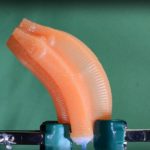

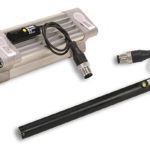
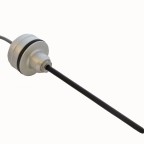
Leave a Reply